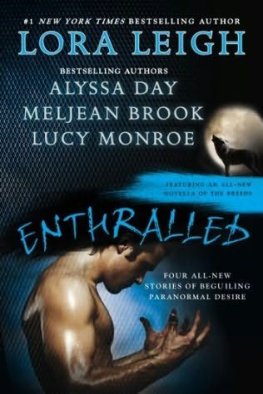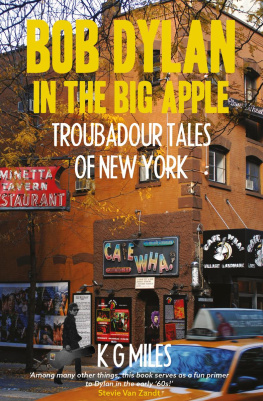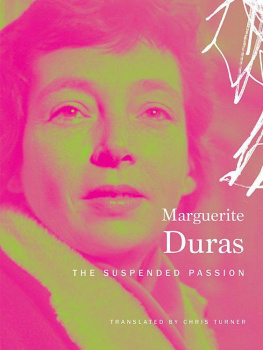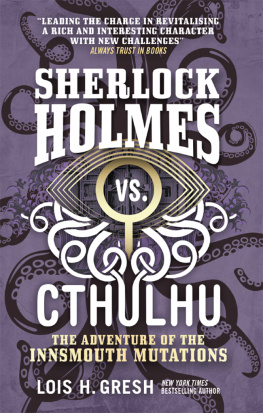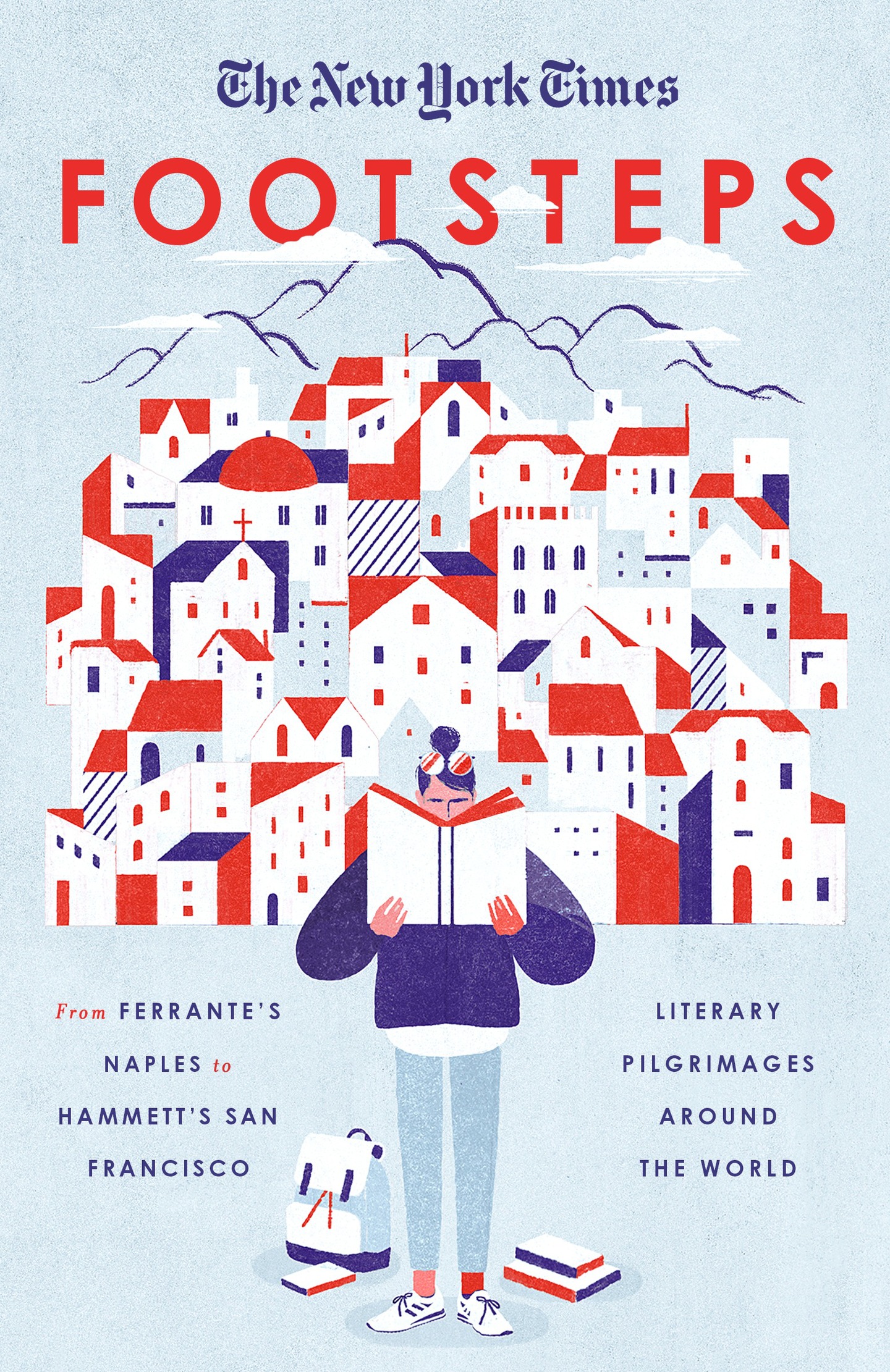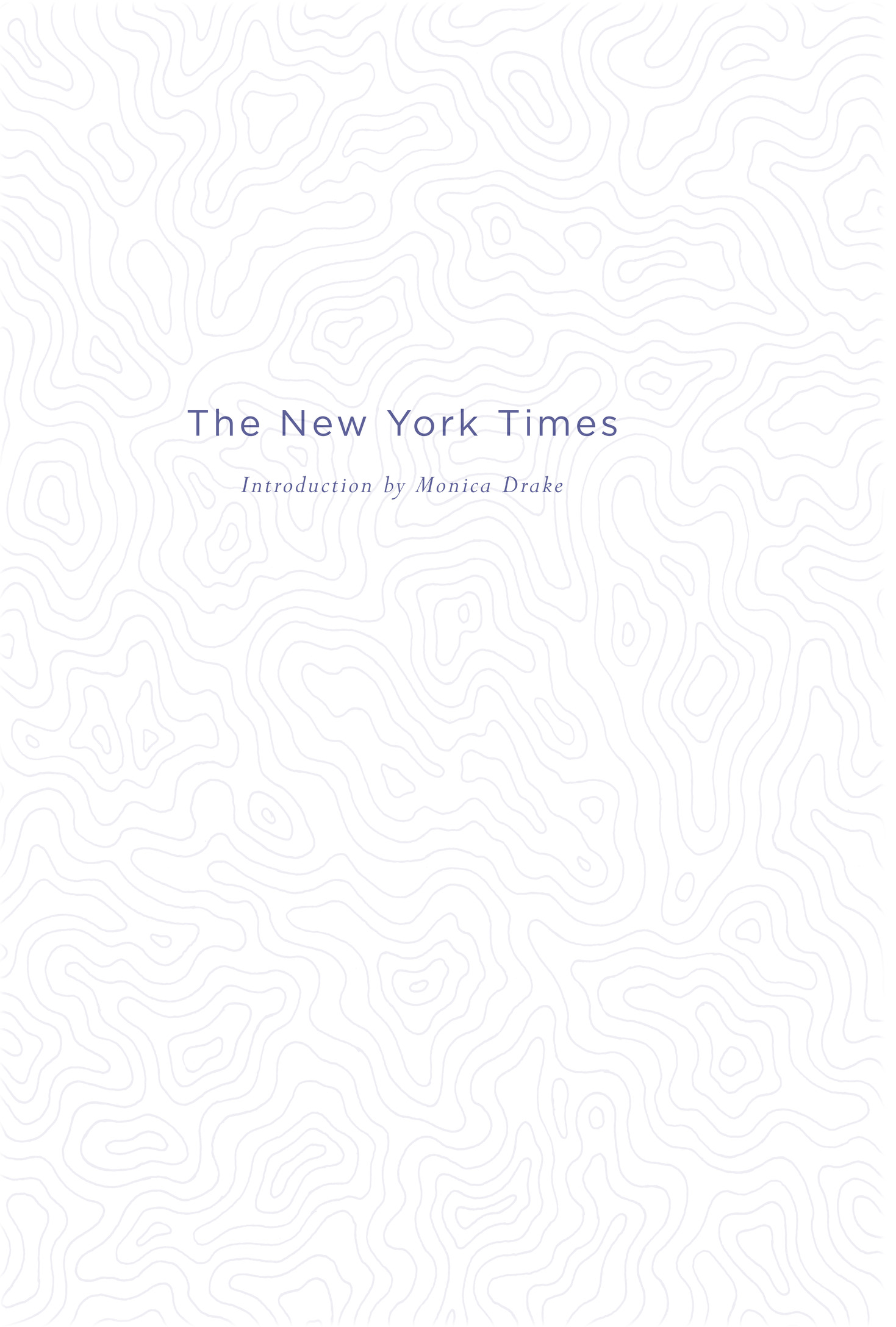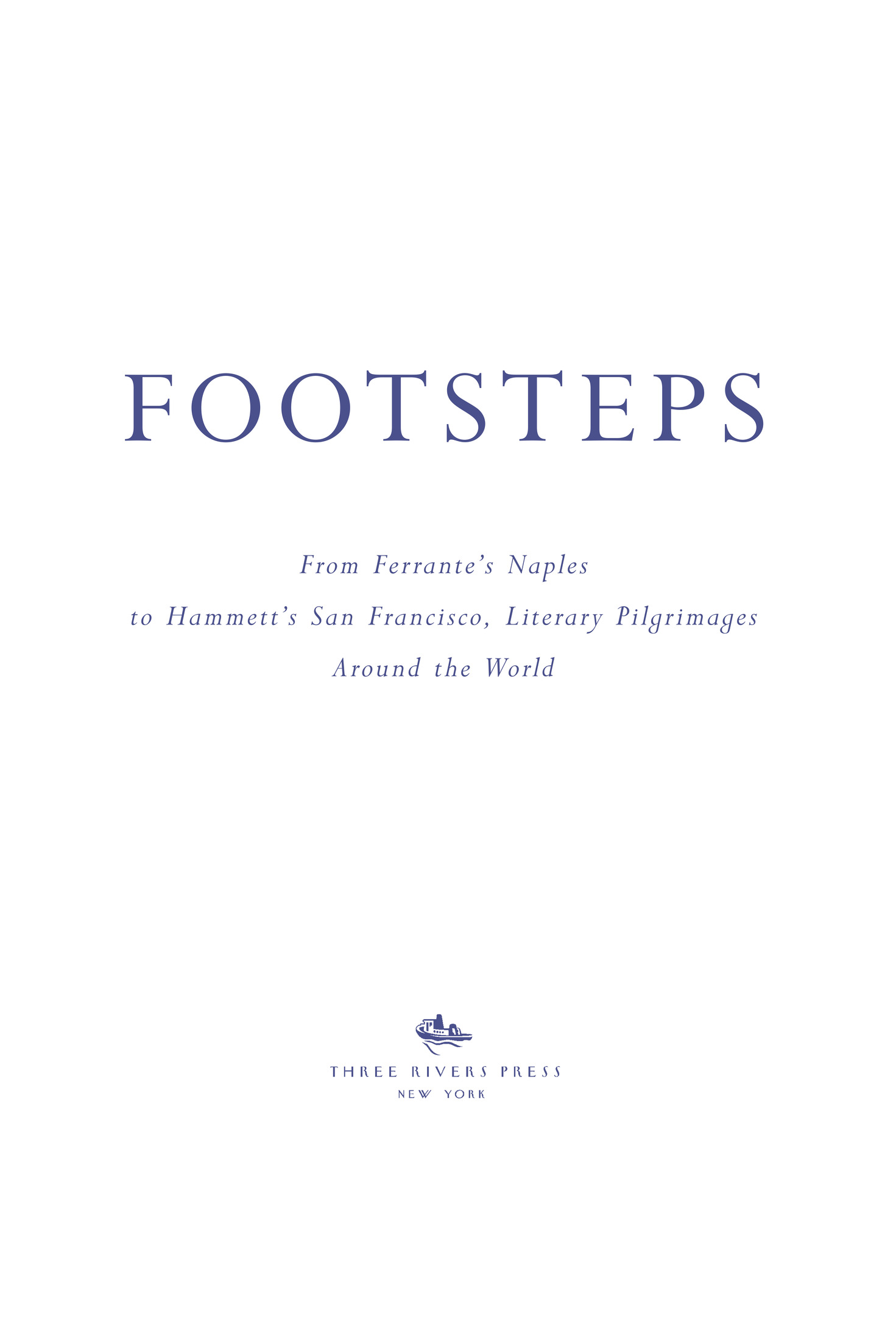Copyright 2017 by The New York Times Company
All rights reserved.
Published in the United States by Three Rivers Press, an imprint of the Crown Publishing Group, a division of Penguin Random House LLC, New York.
crownpublishing.com
Three Rivers Press and the Tugboat design are registered trademarks of Penguin Random House LLC.
All of the essays in this book were previously published in the Travel section of The New York Times.
Library of Congress Cataloging-in-Publication Data
Title: Footsteps : from Ferrantes Naples to Hammetts San Francisco, literary pilgrimages around the world.
Other titles: At head of title: The New York Times | New York times.
Description: New York : Three Rivers Press, 2017.
Identifiers: LCCN 2016041783 | ISBN 9780804189842 (paperback) | ISBN 9780804189859 (ebook)
Subjects: LCSH: Travelers writings. | Travel writing. | AuthorsTravel | BISAC: TRAVEL / Essays & Travelogues. | LITERARY COLLECTIONS / Essays. | TRAVEL / Special Interest / General.
Classification: LCC PN56.T7 F66 2017 | DDC 808.8/032dc23
LC record available at https://lccn.loc.gov/2016041783
ISBN9780804189842
Ebook ISBN9780804189859
Maps and illustrations by Gracia Lam
Cover design by Michael Morris
Cover illustration by Gracia Lam
v4.1_r1
ep
Contents
Mark Twains Hawaii
Lawrence Downes
Climbing a Peak That Stirred Kerouac
Ethan Todras-Whitehill
A House Built to Feed Body and Soul
Michelle Green
San Francisco Noir
Dan Saltzstein
On the Trail of Nabokov in the American West
Landon Y. Jones
In Search of Flannery OConnor
Lawrence Downes
Walking the Streets of Roths Memory
David Carr
The Land and Words of Mary Oliver, the Bard of Provincetown
Mary Duenwald
Finding the Spirit of H. P. Lovecraft in Providence
Noel Rubinton
Rachel Carsons Rugged Shore in Maine
Frank M. Meola
In Ireland, Chasing the Wandering Soul of Yeats
Russell Shorto
Poetry Made Me Do It: My Trip to the Hebrides
Jeff Gordinier
Where Dracula Was Born, and Its Not Transylvania
Ann Mah
Finding Alices Wonderland in Oxford
Charlie Lovett
On Englands Coast, Thomas Hardy Made His World
David Shaftel
Blood, Sand, Sherry: Hemingways Madrid
David Farley
James Baldwins Paris
Ellery Washington
Edith Wharton Always Had Paris
Elaine Sciolino
Amid the Menace of War, sanary-Sur-Mer Was a Refuge Under the Sun
Antonia Feuchtwanger
On the French Riviera, Fitzgerald Found His Place in the Sun
Nina Burleigh
Lake Geneva as Shelley and Byron Knew It
Tony Perrottet
Looking for Isherwoods Berlin
Rachel B. Doyle
On the Trail of Hansel and Gretel in Germany
David G. Allan
Trumping the Unbearable Darkness of History
Nicholas Kulish
The Roman Seasons of Tennessee Williams
Charly Wilder
Elena Ferrantes Naples, Then and Now
Ann Mah
Alice Munros Vancouver
David Laskin
Searching for Anne of Green Gables on Prince Edward Island
Ann Mah
Beneath Martiniques Beauty, Guided by a Poet
Sylvie Bigar
A Remote Colombian City That Really Does Exist
Nicholas Gill
In Chile, Where Pablo Neruda Lived and Loved
Joyce Maynard
Borgess Buenos Aires: A City Populated by a Native Sons Imagination
Larry Rohter
Where Rimbaud Found Peace in Ethiopia
Rachel B. Doyle
In Saint Petersburg, a Poet of the Past Serves as a Tour Guide for the Present
David Laskin
Orhan Pamuks Istanbul
Joshua Hammer
In Sri Lanka, an Island of Detachment and Desire
Michelle Green
In Vietnam, Forbidden Love and Literature
Matt Gross
Introduction
Monica Drake
Back when travel was just my passion and not yet my profession, I went to the French Riviera for the party scene and instead found myself dazzled by the otherworldly light of day. I was marveling at how it made every waking moment dreamlike when I noticed a small plaque on a building indicating that Henri Matisse had lived inside. Whatever Id read about Matisse and Nice before that moment hadnt mattered: it was then that I understood how the city had challenged him to make art as sublime as the setting.
All of us have experienced a moment in our travels when we stray onto turf that an artist, including those who paint pictures with words, once trod. It surprises us, this statue in the middle of a park, a street named for a luminary, or the small museum that at one point was her home. But it shouldnt be unexpected.
All the world is a reliquary, filled with fields, forests, and city plazas that lead visionaries among us to create work that endures the ages. We travelers are but devotees who touch these monuments and in place of prayers meditate on how someone else came to be who they are and create what they did. We inevitably look about and wonder. Did the sweep of this hill and the mist of the morning somehow ignite a spark? Was this place more incidental than inspirational? Examining these questions has been the defining task of Footsteps since 1981, when The New York Times ran it as a short-lived series. It appeared sporadically in the intervening years until it emerged as a full-fledged feature.
Regardless of provenance, the conceit in these pages is nearly as old as the Times itself. An article from 1860 chronicles a visit to Stratford-upon-Avon to see the birthplace and tomb of the worlds master-genius, William Shakespeare. That report, a faithful recounting of a voyage in the footsteps of someone universally revered, assumed the best of the Bard: Calm, quiet and beautiful were all the surroundings, and I thought it was not strange that one whose early childhood was passed amid such scenes as this should have partaken of their beauty, and been gentle, kind and loving. In aspiring to capture the interplay of a writers real identity, work, and setting, this was an early version of what would become Footsteps.
As the breadth of the stories in this collection indicates, our approach varies as much as the literary giants that they profile. Mark Twains Hawaii, for example, examines the four-month stretch in which the writer sent letters from the island, rather than tracing any of his fictional works. Yet it suffuses the place with the spirit of Twain. Orhan Pamuks Istanbul is on the other end of the spectrum, using the Nobel laureate as a tour guide who leads us through the city that he has called home for nearly six decades.
What unifies them is a single guiding principle: each story should leave the reader with a new perspective on an artist and the place that has somehow been a muse. Often an unusual pairing is enough to supply the noveltyas with Rimbaud in Ethiopia, a lesser-examined point in the poets life. But occasionallyas with Dashiell Hammett and San Franciscothe setting and star go hand in hand until the story of the citys transformation is taken into account. There is little hard-boiled left in a city awash in venture capital, it turns out.
As Footsteps evolves, the Times has been venturing farther afield to choose the settings. Inspiration comes from America and Europe and also from Argentina (Borges), Martinique (Csaire), and Vietnam (Duras). Weve also added contemporary personalities such as Jamaica Kincaid and Elena Ferrante to those whose trails we trace.


